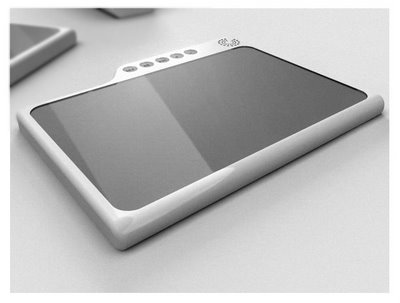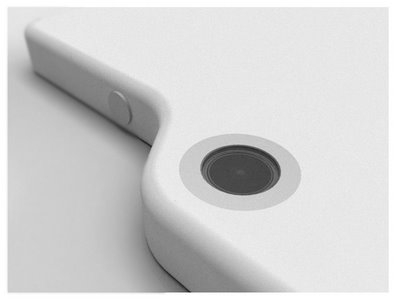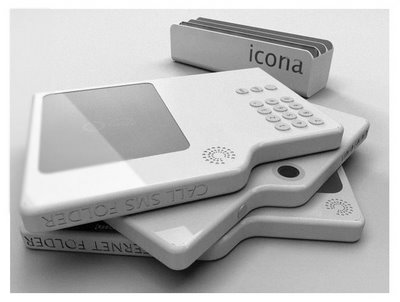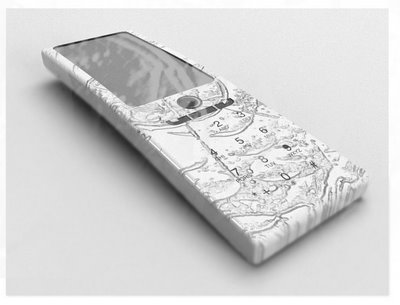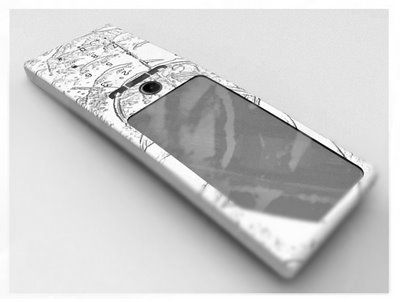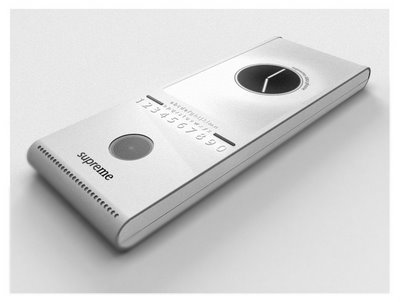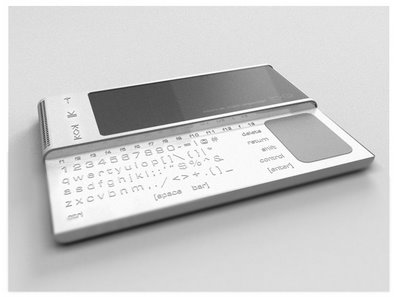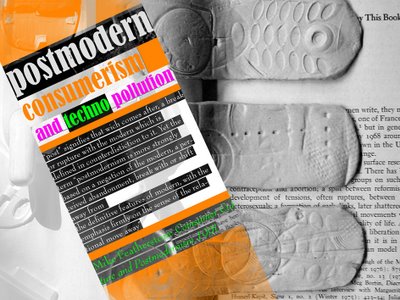Tuesday, June 27, 2006
SNAPSHOTS PRESENTATION 20 JUNE 2006
The 20th of June 2006, I presented my work in front of a panel at RMIT.
I tried to explain what I have been doing during three months.
I do not think I was able to show what my idea was.
I spent most of my time trying to explain what my idea of “honesty” and “arbitrary” in design was.
The panel told me that I was not being honest and arbitrary because my presentation was too organized and because to pretend to understand what people want from my design process it represents a contradiction with the title of my work.
With the term honesty I do not intend any kind of ethical behaviours.
Being honest means for me to recognize that as designer my design method changes every time in relation to the answer I want to generate.
In my project I am not trying to understand what people expect from my design to draw a strategy plan.
I want just to receive some input on how people look at my works with the simplicity purpose of seeing their reactions.
With the term arbitrary I do not refer to anything casual or random.
With this term I refer to “de libero arbitrio” I refer to the freedom of my subjectivity.
My presentation it has been defined “branded” as to much studied, and this has been defined from the panel a contradiction with my arbitrary design.
I prepared my presentation thinking that I would have had 30 minutes to present it, so I tried to do a summary of what I have been doing in three months.
I have studied the graphic, the output, and I knew what I was doing.
That was my arbiter, my subjectivity.
In trying to express these ideas I have been accused to defend myself and my “ego”, and of course this was what I was doing.
I have been writing that I am not a theorist and I do not study sociology, and that this research is useful for me and maybe for those that think that a design method can’t be defined.
The only thing I did not like about the critiques I received is that they were referred almost exclusively to the use of the words “honesty” and “arbitrary”.
I recognize my project could be not understood from a public and I have to work on it if I want to explain what I am trying to do.
My tutor suggested to me, that I have to include people in my confusion and not exclude them.
That day was really tiring, English is not my first language, and this is another reason mhy maybe I was not so clear.
Now I am going to have a break.
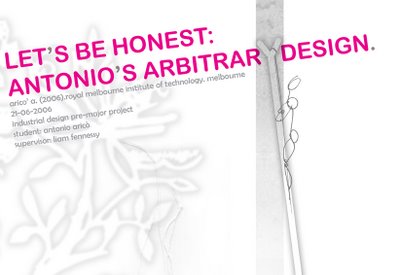
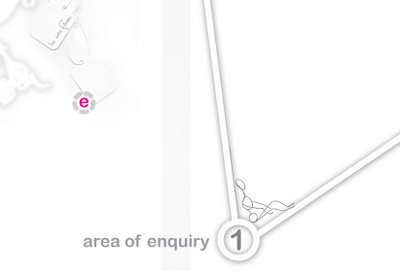

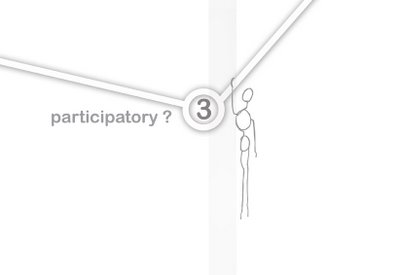
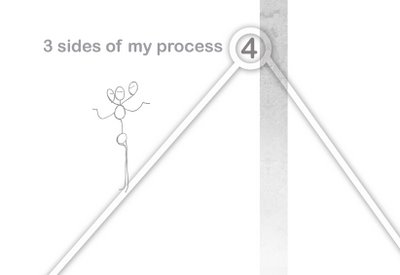

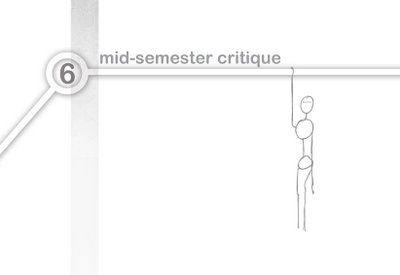



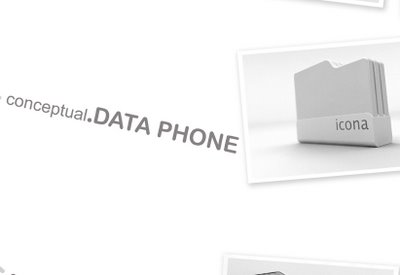
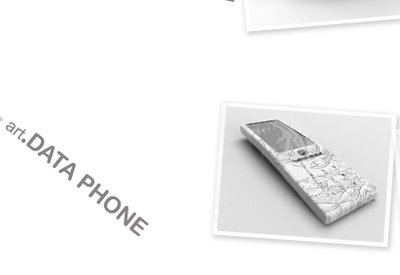
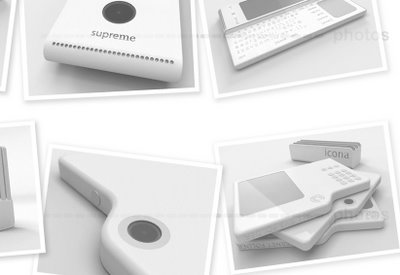

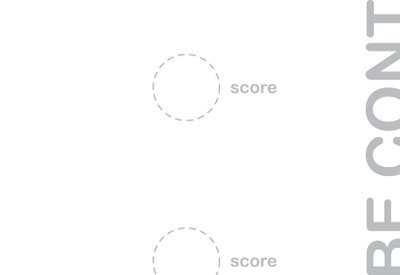
Wednesday, May 10, 2006
DESIGN AS FICTION: Referencing the idea of honesty in design

“…In modern times scientifically objective things conceal their constitution out of mimetic desire. In a dialogic situation a thing can turn out to be a place where human intentions collide. Otherwise a thing is a magical construction...” Franz Helm
Last year I was reading a book captioned “The Shape of Things: a Philosophy of Design”, written by Vilém Flusser (1920-91), one of the most interesting European thinkers of the second half of the twentieth century.
He was a German-Jewish philosopher arguing that modern societies are in flux and that traditional linear epistemologies are being challenged by global circulatory networks and a growth in visual stimulation, and he posited that these changes would radically alter the ways cultures define themselves and deal with each other. In his words Flusser prevised not just theories of globalization but also about communication and identity, remaining linked to the Judeo-Christian concept of self-determination and self-realization through the recognition of the other.
It is particularly interesting how he writes about design, and the natural connection to its “artificial” meaning.
He writes: “…as verb (to design) means “to plan something”, “to simulate”, “to conceive”, “to draft”, “to organize”, “to act in a strategic way”. The term derives from the Latin word signum, which means “sign” conserving the old rood word. So according to the etymology, design means “drawing”…”
In his opinion a designer is a loaded plotter that waylays his traps, for example in the same context we can see other important terms for example: mechanics and machinery intended as instruments used to lie; a lever, for example, lead on gravity force, and “mechanics” represents the strategy to “cheat” heavy corps.
Another word that, in Flusser’s opinion, appears in the same context is “technic”. The Greek tèchne signifies “art” and is related to tekton, “carpenter”. The idea in this case is that the wood is a formless material, and the artist as technician gives it a shape, giving to the wood the chance to “appear” visible as a form.
In Plato’s objection about art and technique, he says that they lie distorting the “intelligible shapes” (The Ideas) when they try to transfer them in a material world. In his opinion artists and technicians are renegades of ideas and slickers, because they induct in a loaded way people to perceive distorted ideas. He connect the word “ars” to the mining of “ agility”, “dexterity”, “skill”; and the artifex, the artist ( intending artist as someone that creates something) is a kind of “liar”. The true artist (designer) is the illusionist, and we can see this in words such as “artifice”, “artificial”, and even “artillery”.
His intent is to highlight the link (using the etymology and going further on) between words like design, machinery, technique, ars and art and remaining aware that design is an “intent” and in his confession he indicates the goal of is intent (design): “to reveal the undermining and loaded aspects of the word design, that are not generally explicated”.
He admits that if his goal was a different one, he could have insisted on other aspects to which the word design is related.
My “intent” is to connect the word design to the meaning of “honesty”, I am designing a “trap” to show you my intention, but as Flusser suggests I am being honest, and his honesty is related to his answer:
“The answer is this: everything depends to the intent (design)” Flusser
References
Vilèm Flusser Filosofia del design 2003 ,Paravia Bruno mondatori Editori
University of Illinois Press www.press.uillinois.edu/s03/flusser.html
Vilèm Flusser’s theory of communication: the voice of Jacob
The Pinocchio Theory
“If you fake the funk, your nose will grow.” — Bootsy Collins www.shaviro.com
pictures references
www.gettyimages.com
Tuesday, May 09, 2006
TREND_data phone: mood board inspiration
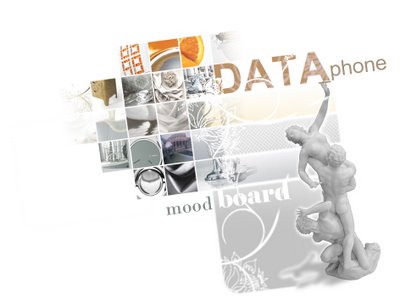
I want to try brain storming a series of key words that I link to that kind of contemporary design than better than others aims to hit on people’s desires. I am referring to that kind of design that elegantly takes no risks except the one to result banal to the eyes of others designers or well “design_informed” people.
I do not know if this is a good sign, but I feel comfortable in this kind of approach, even if this is the first time I am trying to concentrate exclusively on it.
Usually I arrive to these kinds of results adding something more personal and less banal, as need to reach a self gratification.
This time I want to try to design in a clear and “banal” way, with one difference: being honest.
MOOD BOARD_ key words
White
Porcelain
Shining
Chrome
Shadows
Neutral
Organic
Light
Silver
Grey
Smooth
Satin
Orange
Minimal
Decoration
Flower
Arial
Clean
Reflection
Original
Classic
Simple
Primitive shape
Gum
Soft
Contrasts:
Black and white VS colour
Transparent VS opaque
Chrome VS brushed
Rounded
Branded
Cool
Clever
Monday, May 08, 2006
ART_data phone: consideration about minimal shapes and colours
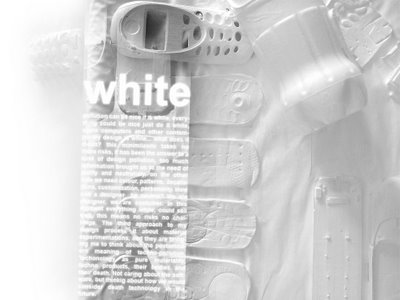
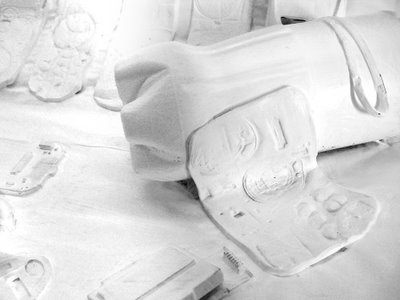

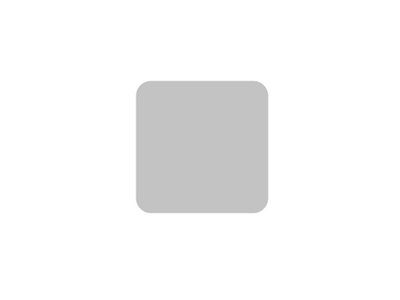
Even pollution can be nice if is white, everything could be nice just do it white, apple computers and other contemporary design are white... what does it mean? This minimalism takes no more risks, it has been the answer to a kind of design pollution, too much information brought us to the need of purity and neutrality, on the other side we need colour, patterns, decorations, customization, and personality. How can a designer be neutral? We are designer, we are costumer. In this moment everything white, could sell well, this means no risks no challenge. The third approach to my design process it is about material experimentations, and they are bringing me to think about the post-modern meaning of techno-pollution. Technology as pure materiality, techno products, their bodies and their death. Not caring about the software, but thinking about how we would consider 'dead' technology in the future. Is every sign on a canvas is just painting? is every object is just material?
In 1913 Kazimir Malevich reached the idea of Suprematism; in Malevich's words, suprematism sought “to liberate art from the ballast of the representational world.” It consisted of geometrical shapes flatly painted on the pure canvas surface. Malevich's white square on a white ground (Mus. of Modern Art, New York City) embodied the movement's principles. Our day, examples of minimalism in design are shown in really primitive geometrical shapes (an example could be the rounded angle square) and neutral colours such as white and grey.
www.answers.com
www.wikipedia.org
